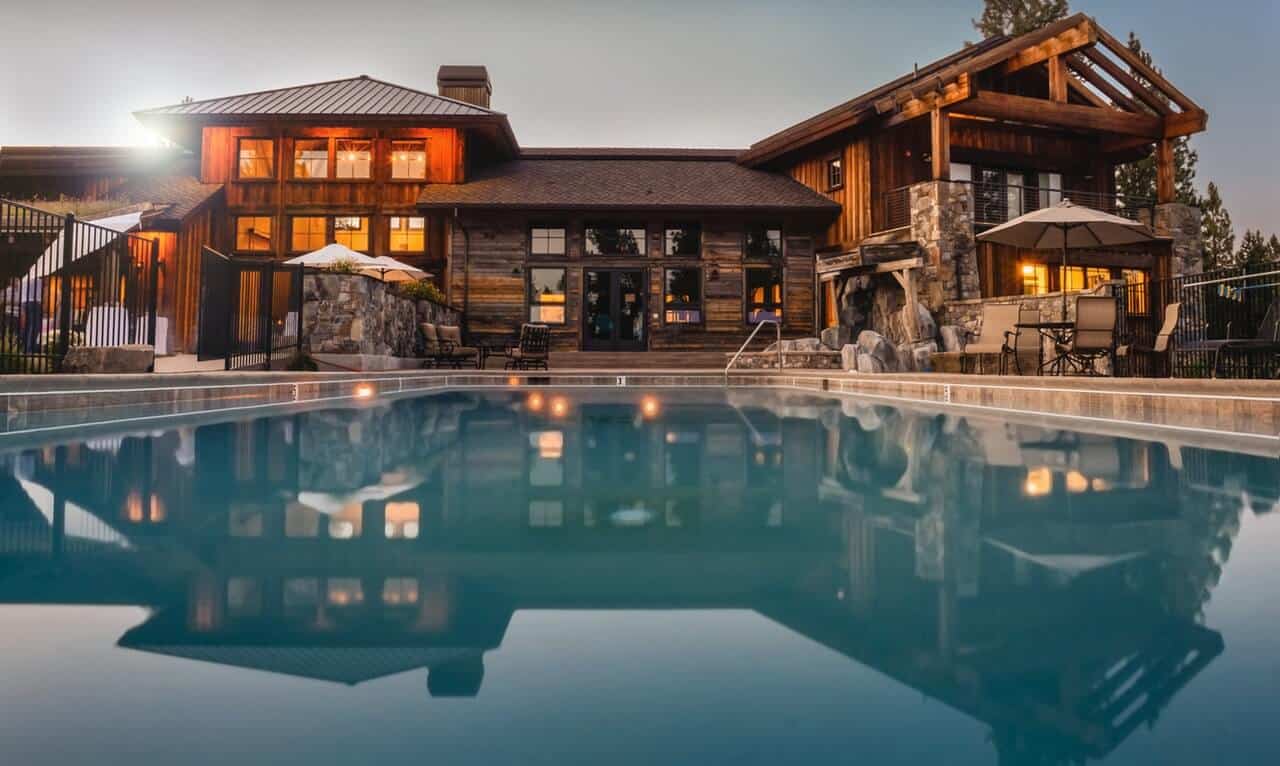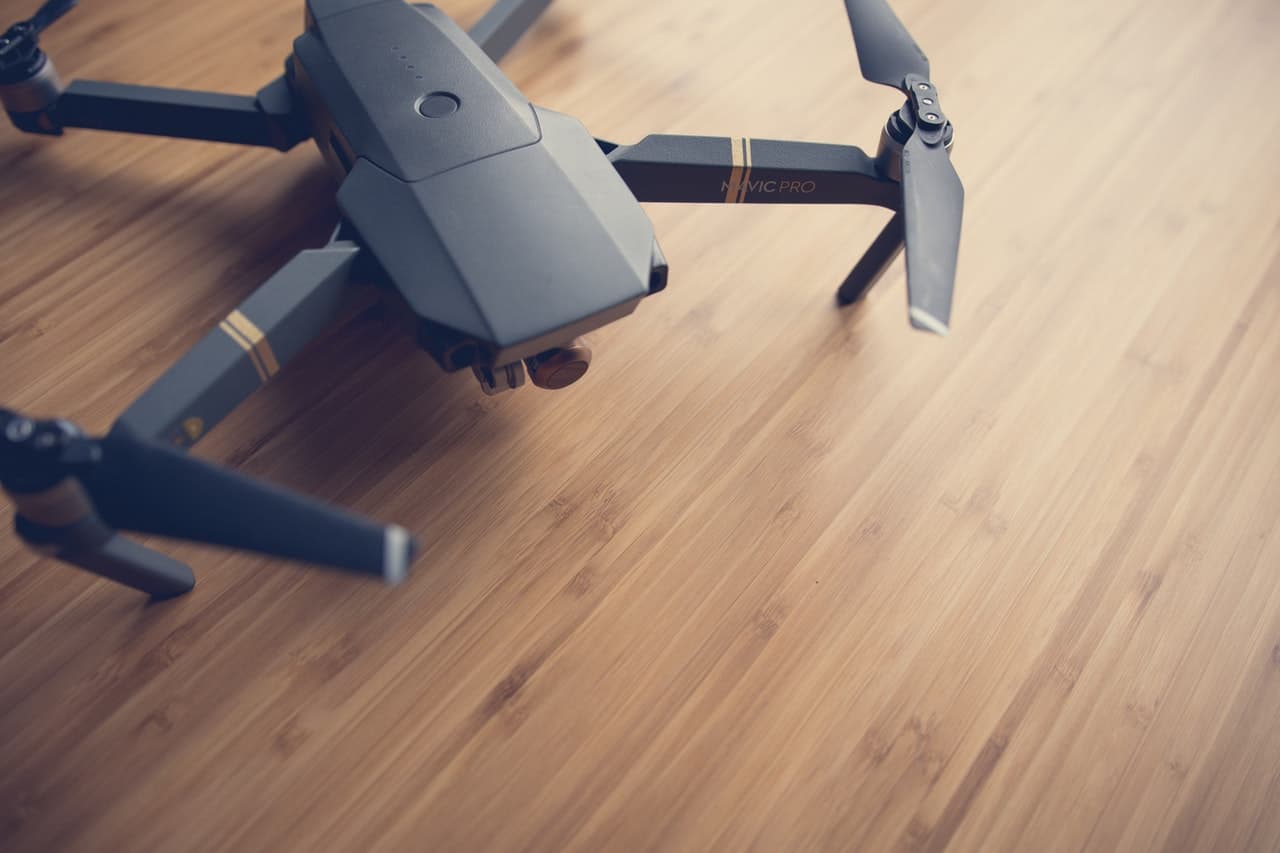Intro to 5 Tips on creating a good Real Estate Video
A Real Estate video is a very good way to showcase and promote your property, however not everyone in the real estate industry has the budget to hire a Video Production company to produce a high end video. This doesn’t mean you cannot record a good video yourself and share it on your website or social media. So here are my 5 Tips on creating a good Real Estate Video that will help you market your properties.
1. Use the right Lens for Real Estate
This is likely the most important point on the list, using the wrong focal length and aperture will make your rooms look small and will introduce ISO noise in dark rooms. A great Lens for Real Estate videography should be wide without distorting the image and should be fast enough to work in relatively low light. You could, of course, use artificial lighting but that introduces a ton of other challenges and will add to the amount of time you need to set up and film each room. So what is a good focal length for the job? Unfortunately, there is no straight answer for this, different types of camera sensors have different crop factors. So a 17mm lens on a full-frame sensor would be wide enough while it might be too small on a Micro four-thirds camera, but in general, you should be somewhere between 12mm and 20mm depending on your camera.
Another important part is the distortion of the lens, wide-angle lenses tend to distort lines in your image so a straight wall could seem curved in your footage so make sure you use a lens that does not distort the image too much. Some distortion can be fixed in post-production but that is a separate subject, try and get good footage in for less work in post.
2. Shoot your Video at the right time of day
As you will mostly be working with Natural lighting, getting light right is essential. In my workflow, I scope where the direction the house and individual rooms are facing and find out how that will affect my shots at different times of the day. I then check the sunrise and sunset times along with the weather forecast and plan my shooting day accordingly.
Rooms that have big windows will be hard to expose correctly. If you expose the room correctly the window will be blown out and vice versa. So the best way to go is choosing a time of day when the light is relatively even or a day with a good amount of over cast. In my experience, the time just before golden hour works best in these scenarios because it is bright enough to expose both inside and out.
Bright scenes will require an ND filter if you want to keep your shutter speed within the 180-degree rule, rules can of course be bent but be aware of the effects this might have on your footage.

3. Stabilize for Good Footage
When potential buyers watch your video, you want them to focus on what you are showing them, they should forget they are watching a video and place themselves into your film. If your footage is shakey or has sudden motions that are not planned or part of the video flow, it will place their focus on the quality of the video instead of your Property. Another factor in this is how we associate stable footage of high-quality production. Television and Film have subconsciously programmed us to relate stable footage to high quality.
Stabilizing your footage can be expensive, electronic gimbals are not cheap and fly cams are difficult to balance and use but there are ways you can get smoother footage without spending a lot of money on gadgets. Using office chairs or skateboards can produce wonders when achieving a smooth shot. I highly recommend you watch this video by VisualRev that gives you 5 tips to stabilise your footage.
4. Get a Drone and Learn to use it
Unless you are shooting apartments, a Drone is a must in Real Estate videography. Video Drones have become inexpensive and easy to fly, for around 400 Euros you can buy a high quality drone like the Mavic Mini or the Mavic Air. Drone footage will really add to your video and are always a great establishing or final shot. Be aware of local laws when flying a Video Drone in Cyprus, there are rules you have to abide too and for professional use you need a relevant license on the island.

5. Be Creative and Focus on what Counts
A picture is worth a thousand words and a Property video is a visual description of your piece of Real Estate. So just as you focus on the best features of property in text, you apply the same method in Video. Think about the advantages of the House and accent those features in your video, you want to capture and impress the viewer so don’t save your best features for last as you might not get the opportunity to show them at a later stage.
We hope our article 5 Tips on creating a good Real Estate Video helps you get better footage for your real estate, if you have any more questions feel free to reach out to us we are always happy to give you some advice. If you want to read more of our upcoming articles make sure to subscribe to our newsletter or our facebook page both links are below.
Thank you for reading
Vivid Colour Films
